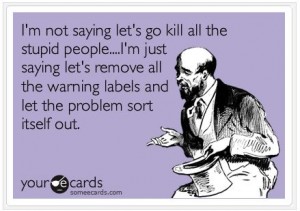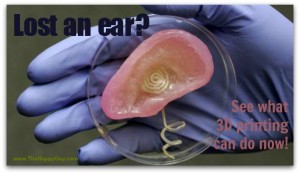Every now and then we hear people calling for warning labels on food with high salt, sugar or fat content. Is this a good idea?
We have all heard about the evils of salt, sugar and fat. All of these are good in moderation, and are found in almost everything we eat.
But our modern packaged-food society seems to get an overdose of all three. Most packaged foods have extra salt, sugar and fat added to provide artificial taste, texture and preservation. [Read more…]







